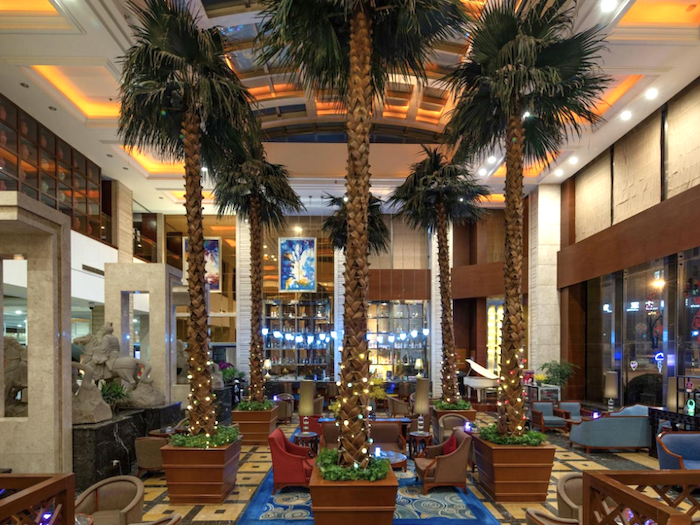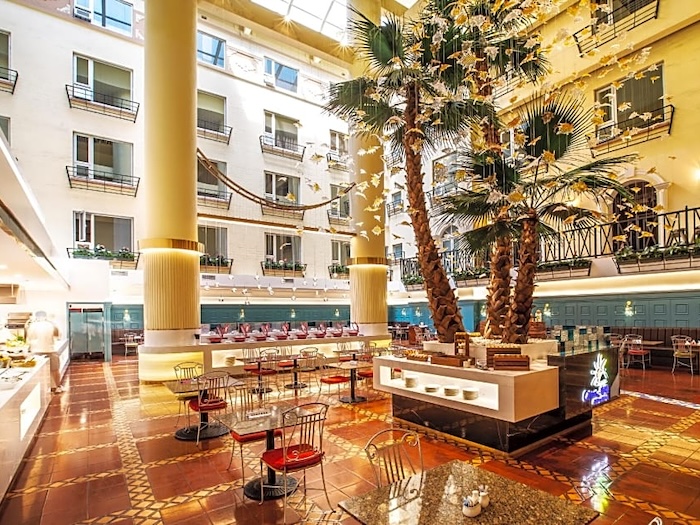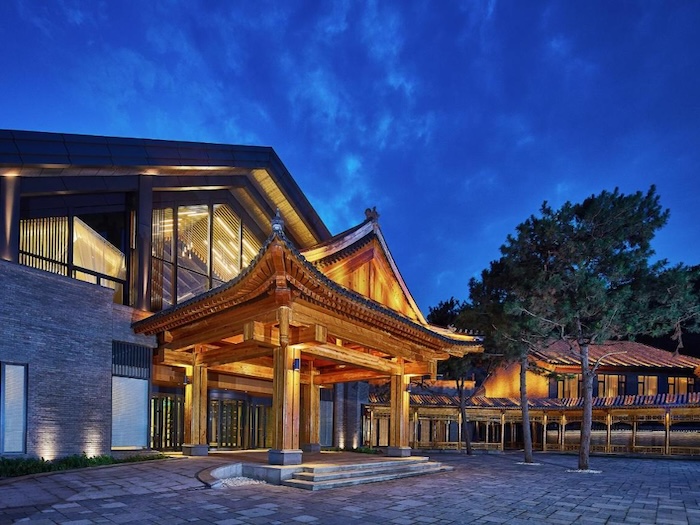COUNTRY: China PHOTO TYPE: Wildlife TRIP LENHT: 10 days DATES: 10-19/5 2025 GROUP SIZE: 8-12
GIANT PANDAS
WITH PHOTOGAPHER TOM SVENSSON
Experiencing and photographing China’s beautiful countryside, small villages that make you feel like you’ve traveled back in time, its stunning national parks, and, as the crowning jewel, the giant pandas—the country’s national symbol—is something that will stay with you for a lifetime.
Tom Svensson
China and its natural beauty offer something unique for photographers. China’s mystical landscapes, vast rivers, mighty mountain ranges, stunning waterfalls, and untouched nature reserves and national parks make the country a dream for every photographer. Add to this China’s many rare animal species such as the golden snub-nosed monkey, takin, exotic birds, the Asiatic black bear, and of course the endangered giant panda, and you have a photo trip you will never forget.
Under the guidance of renowned conservation photographer Tom Svensson, we will spend 10 days experiencing parts of China that Westerners rarely see. Join us to explore this diverse country and its incredible nature and wildlife. China’s national symbol, the giant panda, awaits you.
The trip concludes at the Great Wall of China, where you will have the opportunity to photograph it at both sunset and sunrise. That alone is a fantastic photo opportunity.

HIGHLIGHTS
-
Experience the endangered giant panda up close.
-
Visit two of the world’s leading panda research centers.
-
Search for endangered animals and birds in the remote mountains and forests of Sichuan.
-
Visit the Tang Jia He Wild Panda Nature Reserve.
-
Explore small villages that retain their historical charm.
-
See Beijing’s highlights such as Tiananmen Square and the Ming Tombs.
-
Photograph the Great Wall of China at sunrise and sunset.
-
Enjoy delicious food.
-
Stay in excellent hotels.
-
Benefit from the guidance of Tom Svensson throughout the trip.
-
Participate in photo editing and review sessions with Tom Svensson.
COUNTRY: China PHOTO TYPE: Wildlife TRIP LENHT: 10 days DATES: 10-19/5 2025 GROUP SIZE: 8-12
Experiencing and photographing China’s beautiful countryside, small villages that make you feel like you’ve traveled back in time, its stunning national parks, and, as the crowning jewel, the giant pandas—the country’s national symbol—is something that will stay with you for a lifetime
Tom Svensson
China and its natural beauty offer something unique for photographers. China’s mystical landscapes, vast rivers, mighty mountain ranges, stunning waterfalls, and untouched nature reserves and national parks make the country a dream for every photographer. Add to this China’s many rare animal species such as the golden snub-nosed monkey, takin, exotic birds, the Asiatic black bear, and of course the endangered giant panda, and you have a photo trip you will never forget.
Under the guidance of renowned conservation photographer Tom Svensson, we will spend 10 days experiencing parts of China that Westerners rarely see. Join us to explore this diverse country and its incredible nature and wildlife. China’s national symbol, the giant panda, awaits you.
The trip concludes at the Great Wall of China, where you will have the opportunity to photograph it at both sunset and sunrise. That alone is a fantastic photo opportunity.

HIGHLIGHTS
-
Experience the endangered giant panda up close.
-
Visit two of the world’s leading panda research centers.
-
Search for endangered animals and birds in the remote mountains and forests of Sichuan.
-
Visit the Tang Jia He Wild Panda Nature Reserve.
-
Explore small villages that retain their historical charm.
-
See Beijing’s highlights such as Tiananmen Square and the Ming Tombs.
-
Photograph the Great Wall of China at sunrise and sunset.
-
Enjoy delicious food.
-
Stay in excellent hotels.
-
Benefit from the guidance of Tom Svensson throughout the trip.
-
Participate in photo editing and review sessions with Tom Svensson.
DESTINATIONS
DESTINATIONS
CHENGDU
Chengdu is China’s fourth-largest city, with 14 million inhabitants, making it one of the most important economic, transportation, and communication hubs in western China. Despite its modern development, Chengdu has preserved much of its ancient culture, old architecture, and historical sites. It is the center for China’s national symbol, the giant panda, and the areas around Chengdu are home to several panda conservation centers and national parks where they live freely. With a history spanning over 2,400 years, Chengdu boasts many interesting historical sites and archaeological wonders. The local cuisine, Sichuan cuisine, is world-renowned for its exquisite and spicy food..
DUJIANGYAN PANDA BASE
The research center focuses on the rehabilitation of injured and sick pandas. It opened in 2013 with a capacity for 10 injured giant pandas but has since expanded to accommodate 40 giant pandas at a time. Dujiangyan Panda Base, located in Mt. Qingcheng Town, about 50 km northwest of Chengdu, is divided into six zones: rescue and quarantine, disease prevention and control, recovery and training, reception and education, vegetation area, and service.
RESEARCH BASE OF GIANT PANDA BREEDING
The Research Base of Giant Panda Breeding is a world-class research and conservation center. The center is home to approximately 100 giant pandas living in an environment closely resembling their natural habitat in the wild. We will have the opportunity to take exciting close-up photos and also experience and photograph the red pandas. The panda center spans about 92 hectares and, in addition to giant pandas, also houses small pandas, red pandas, South China tigers, golden snub-nosed monkeys, black-necked storks, white storks, and 20 other rare animals.
TANGJIAHE WILD PANDA NATURE RESERVE
Tangjiahe Wild Panda Nature Reserve is located about 300 km from Chengdu and spans 100,000 acres of dense forest vegetation with one of the most diverse and intact ecosystems in Asia. The park is one of the top locations in China for viewing the country’s unique mammals and birds, and it is ranked by WWF as a global hotspot for its biodiversity. Established in 1978, Tangjiahe Nature Reserve was originally created as a refuge for wild giant pandas, but the wildlife in the park includes much more than just giant pandas. Here, you can find hog badgers, golden takins, Tibetan macaques, southern serows, leopard cats, Malayan porcupines, Chinese gorals, Asiatic black bears, otters, wild boars, red pandas, leopards, and many more. The area has remained untouched for decades, allowing the wildlife to gradually return, making the animals less shy. In addition to this incredible wildlife, Tangjiahe also boasts lush forests, valleys, and vegetated slopes.
BEIJING
Beijing was founded about 3,000 years ago and became the capital of China in 1153. Since then, with only brief interruptions, Beijing has remained China’s capital for most of the time up to the present day. Throughout its long history, Beijing has developed a diverse and unique cultural heritage. The city and its surroundings offer many cultural sites, including the Forbidden City, the Great Wall, the excavation sites of Peking Man, the imperial tombs of the Ming and Qing dynasties, the Temple of Heaven, the Summer Palace, and the Grand Canal. Beijing is the political and cultural center of China, while the most populous city, Shanghai, is considered the economic hub. Beijing hosted the Summer Olympics in 2008 and 2022..
THE GREAT WALL OF CHINA
The Great Wall of China, which stretches for 2,400 kilometers, began construction in 500 BC by farmers, slaves, and artisans. It took 1,800 years to complete. More than a million workers died during the construction of what would become the largest architectural project in history. A visit to the Great Wall is a must when visiting China. However, what many people don’t know is that a visit can vary greatly depending on which part of the wall you visit. To provide a richer experience and avoid crowds of tourists, we have chosen a section of the wall that is further from Beijing, requiring an overnight stay. The advantage from a photography perspective is that we can be on the wall at both sunrise and sunset, often without having to contend with large numbers of tourists
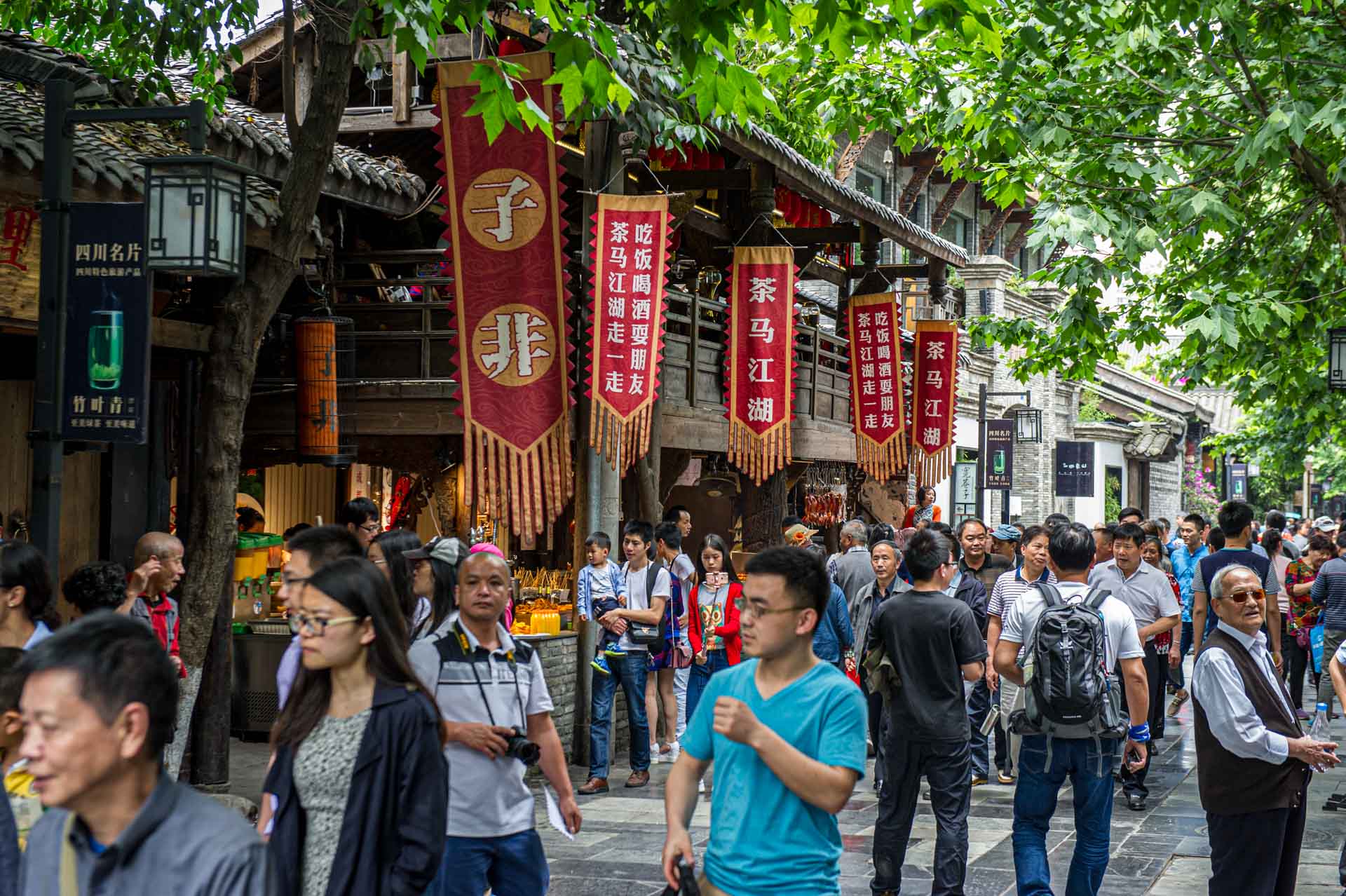
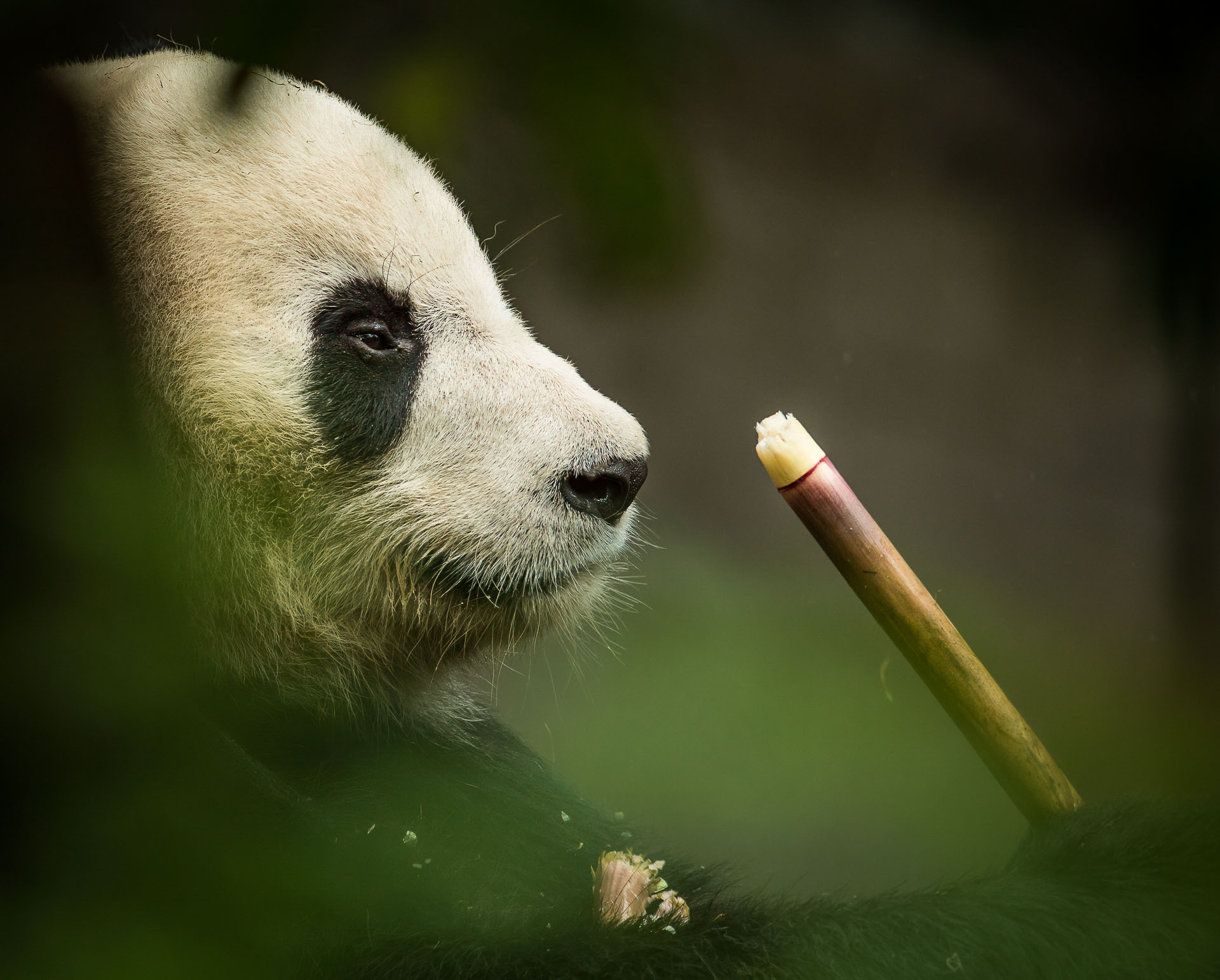
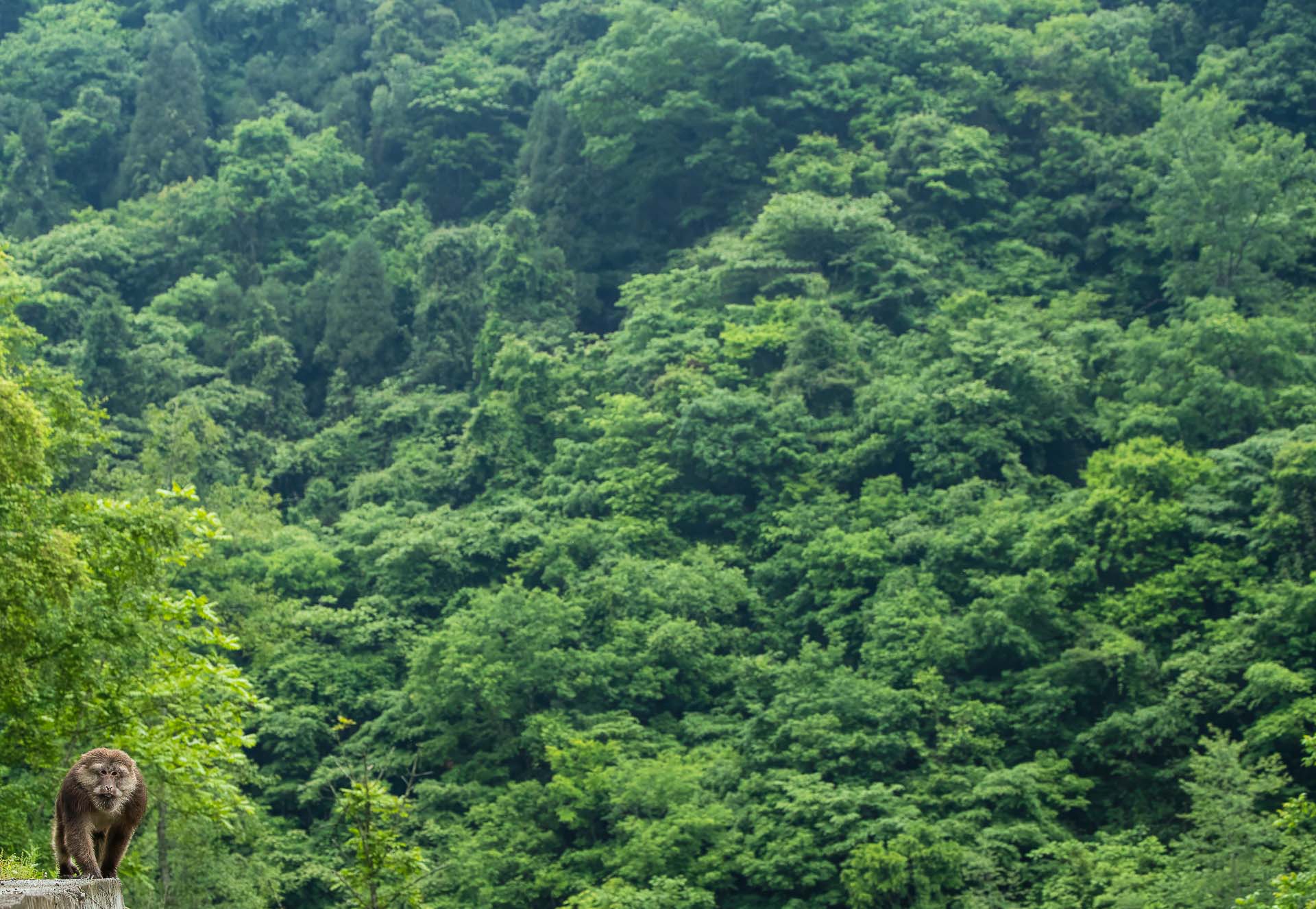
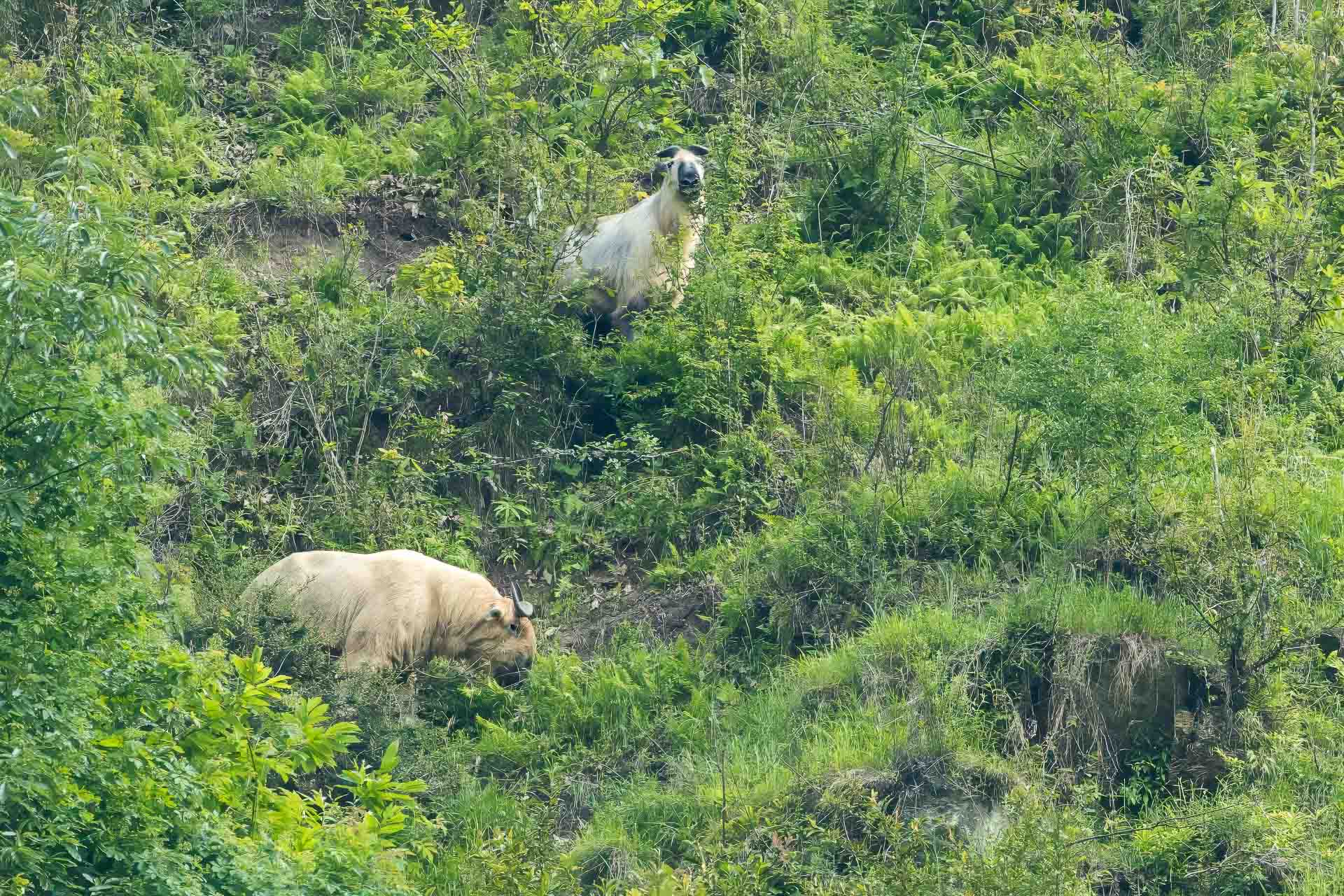
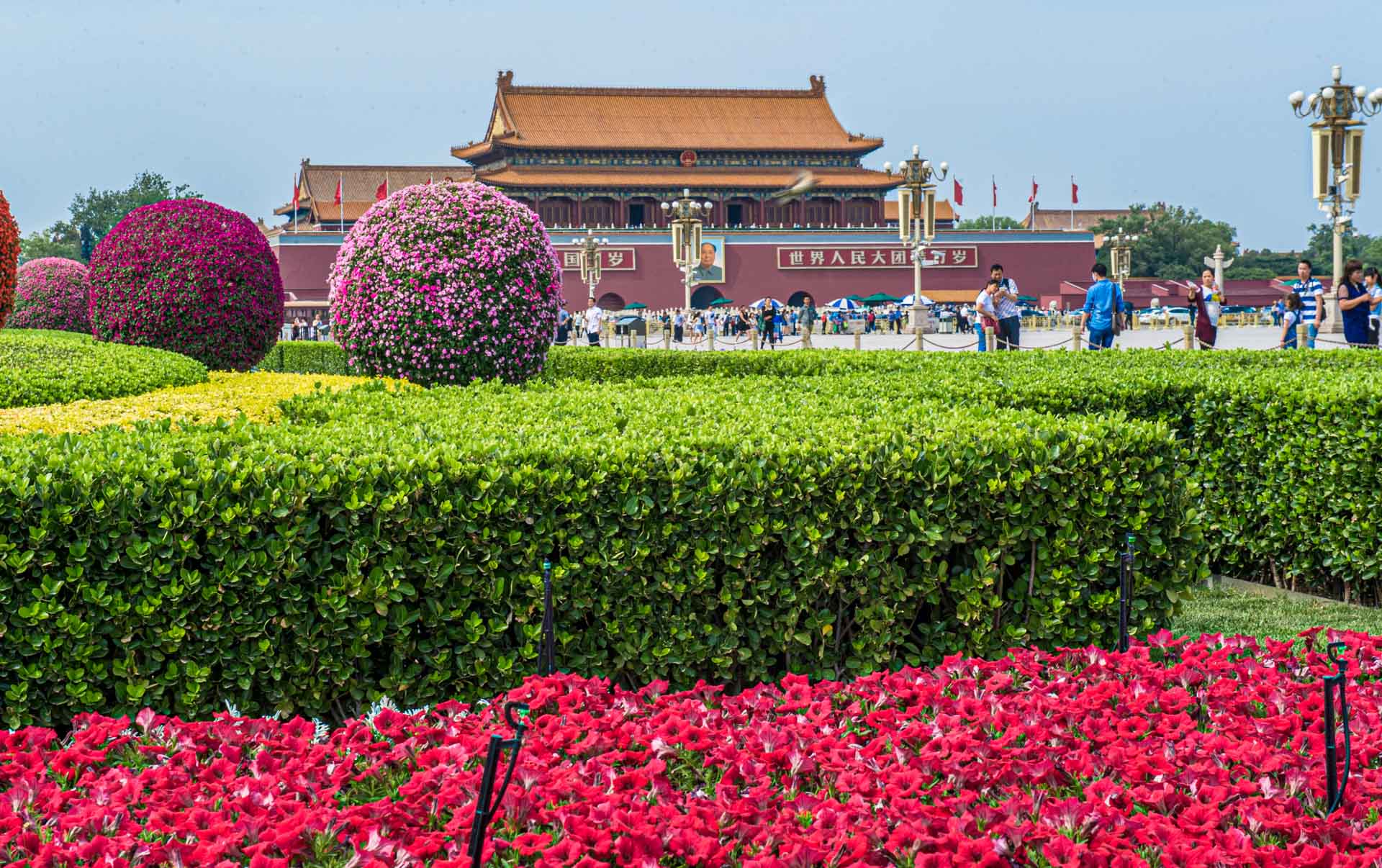
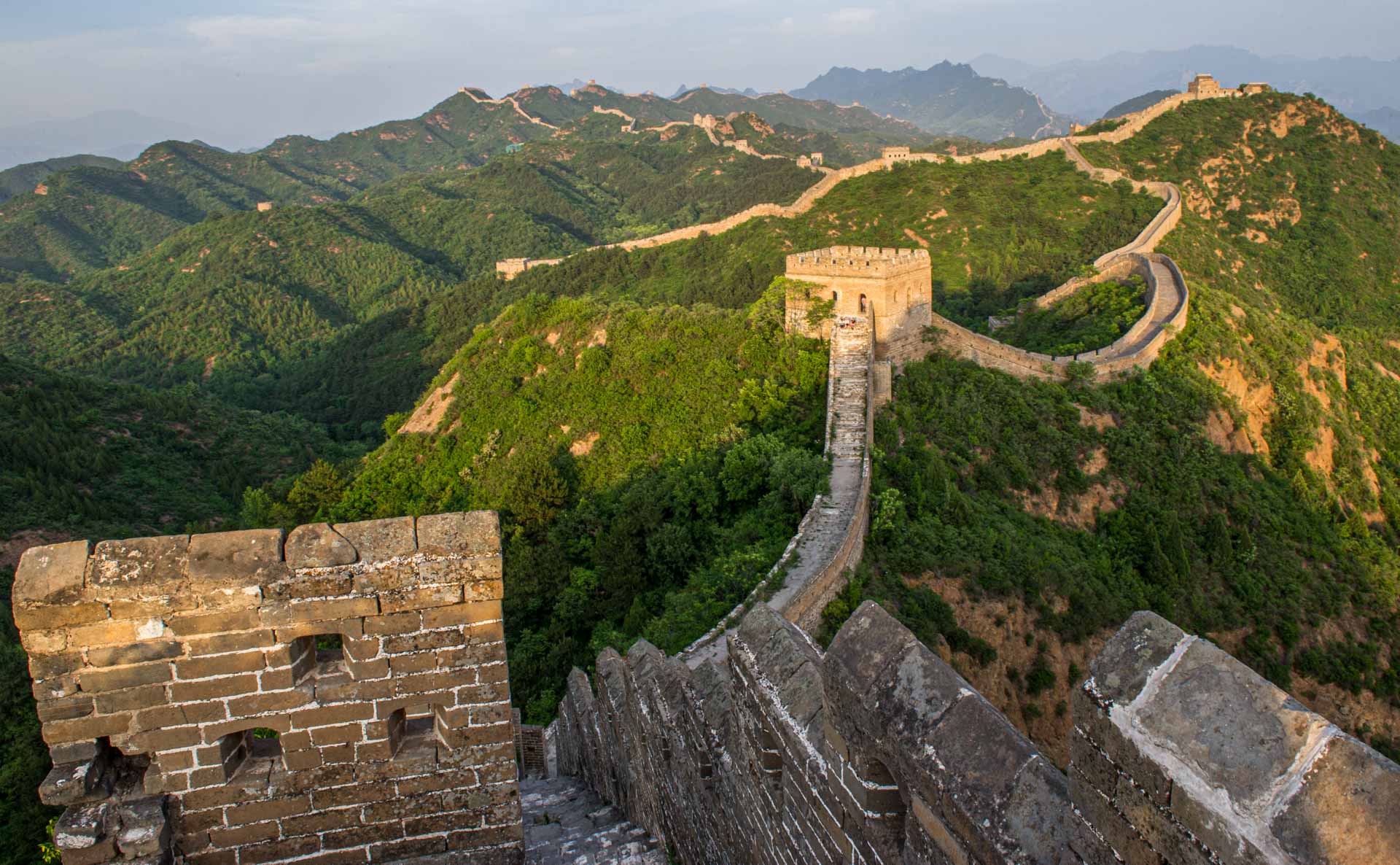
The destinations we will be visiting
Read more
CHENGDU
Chengdu is China’s fourth-largest city, with 14 million inhabitants, making it one of the most important economic, transportation, and communication hubs in western China. Despite its modern development, Chengdu has preserved much of its ancient culture, old architecture, and historical sites. It is the center for China’s national symbol, the giant panda, and the areas around Chengdu are home to several panda conservation centers and national parks where they live freely. With a history spanning over 2,400 years, Chengdu boasts many interesting historical sites and archaeological wonders. The local cuisine, Sichuan cuisine, is world-renowned for its exquisite and spicy food..

DUJIANGYAN PANDA BASE
The research center focuses on the rehabilitation of injured and sick pandas. It opened in 2013 with a capacity for 10 injured giant pandas but has since expanded to accommodate 40 giant pandas at a time. Dujiangyan Panda Base, located in Mt. Qingcheng Town, about 50 km northwest of Chengdu, is divided into six zones: rescue and quarantine, disease prevention and control, recovery and training, reception and education, vegetation area, and service.
RESEARCH BASE OF GIANT PANDA BREEDING
The Research Base of Giant Panda Breeding is a world-class research and conservation center. The center is home to approximately 100 giant pandas living in an environment closely resembling their natural habitat in the wild. We will have the opportunity to take exciting close-up photos and also experience and photograph the red pandas. The panda center spans about 92 hectares and, in addition to giant pandas, also houses small pandas, red pandas, South China tigers, golden snub-nosed monkeys, black-necked storks, white storks, and 20 other rare animals.

TANGJIAHE WILD PANDA NATURE RESERVE
Tangjiahe Wild Panda Nature Reserve is located about 300 km from Chengdu and spans 100,000 acres of dense forest vegetation with one of the most diverse and intact ecosystems in Asia. The park is one of the top locations in China for viewing the country’s unique mammals and birds, and it is ranked by WWF as a global hotspot for its biodiversity. Established in 1978, Tangjiahe Nature Reserve was originally created as a refuge for wild giant pandas, but the wildlife in the park includes much more than just giant pandas. Here, you can find hog badgers, golden takins, Tibetan macaques, southern serows, leopard cats, Malayan porcupines, Chinese gorals, Asiatic black bears, otters, wild boars, red pandas, leopards, and many more. The area has remained untouched for decades, allowing the wildlife to gradually return, making the animals less shy. In addition to this incredible wildlife, Tangjiahe also boasts lush forests, valleys, and vegetated slopes.

BEIJING
Beijing was founded about 3,000 years ago and became the capital of China in 1153. Since then, with only brief interruptions, Beijing has remained China’s capital for most of the time up to the present day. Throughout its long history, Beijing has developed a diverse and unique cultural heritage. The city and its surroundings offer many cultural sites, including the Forbidden City, the Great Wall, the excavation sites of Peking Man, the imperial tombs of the Ming and Qing dynasties, the Temple of Heaven, the Summer Palace, and the Grand Canal. Beijing is the political and cultural center of China, while the most populous city, Shanghai, is considered the economic hub. Beijing hosted the Summer Olympics in 2008 and 2022.

THE GREAT WALL OF CHINA
The Great Wall of China, which stretches for 2,400 kilometers, began construction in 500 BC by farmers, slaves, and artisans. It took 1,800 years to complete. More than a million workers died during the construction of what would become the largest architectural project in history. A visit to the Great Wall is a must when visiting China. However, what many people don’t know is that a visit can vary greatly depending on which part of the wall you visit. To provide a richer experience and avoid crowds of tourists, we have chosen a section of the wall that is further from Beijing, requiring an overnight stay. The advantage from a photography perspective is that we can be on the wall at both sunrise and sunset, often without having to contend with large numbers of tourists.
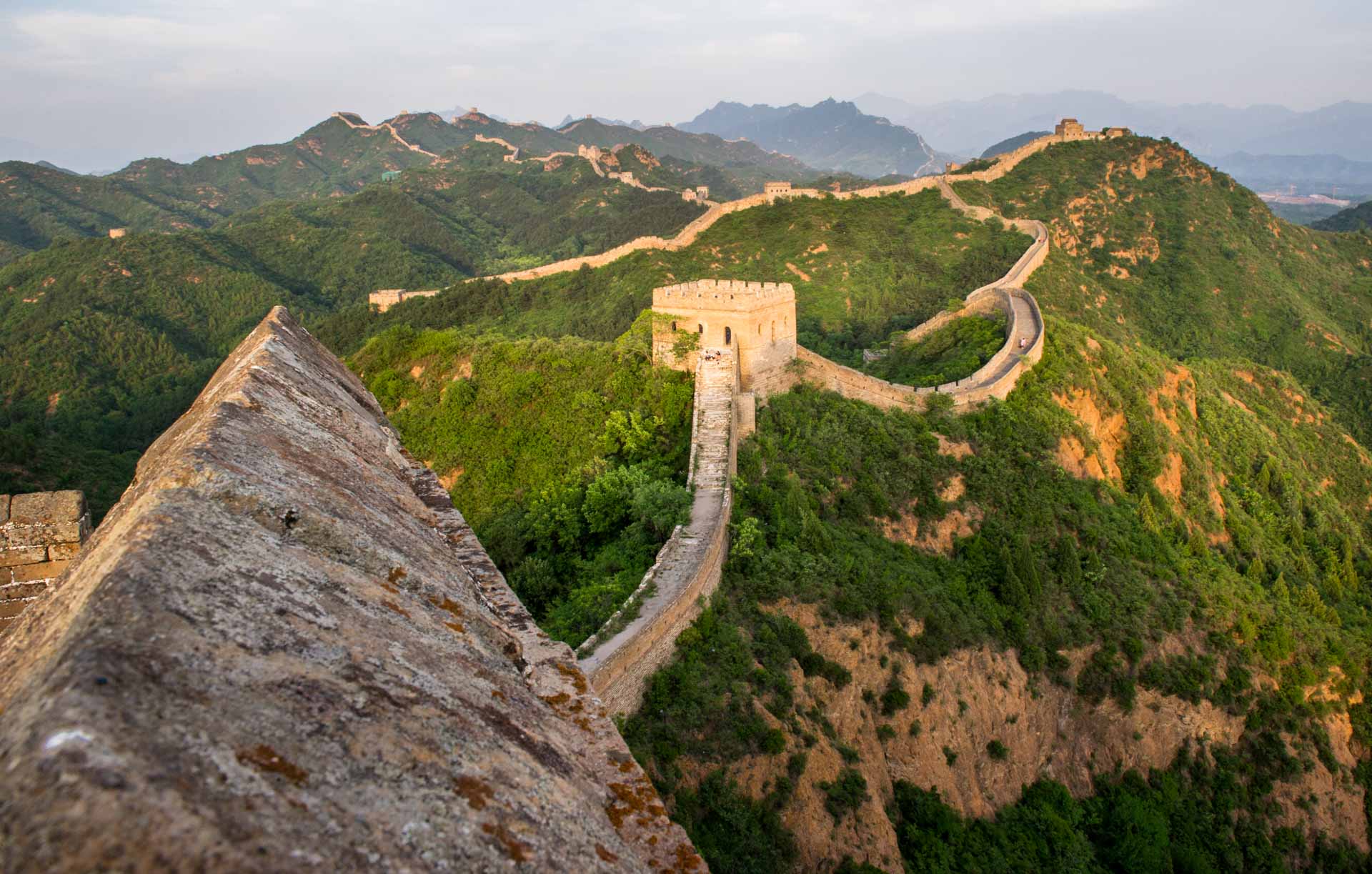
ITINERARY
ITINERARY
10-19 MAY 2025
Throughout the trip, Tom will give several lectures, and many evenings will be dedicated to processing and reviewing the day’s photos. The exact timing will depend on what we are photographing and how much time is spent on photography.
DAY 1, (May 10) – ARRIVAL TO CHENGDU
Gather at the first-class Tianfu Sunshine Hotel, centrally located in Chengdu, in the afternoon. In the evening, we will take a walk around the area of Kungzhai Alley—a district with traditional Chinese architecture—to get a feel for Chengdu and old China. The welcome dinner will be our first chance to enjoy a meal featuring many of the region’s specialties. (D
DAY 2, (May 11) – PANDAS
We start our days in China with a visit to the Dujiangyan Panda Base just outside Chengdu. This research center focuses on the rehabilitation of injured and sick pandas. The center opened in 2013 with a capacity for 10 injured giant pandas but has since expanded to accommodate 40 giant pandas at a time. During our visit, we will learn more about the center’s work. After lunch, we will visit Chengdu’s famous Research Base of Giant Panda Breeding, a world-class conservation center. The center is home to approximately 100 giant pandas living in an environment closely resembling their natural habitat in the wild. We will have the opportunity to take exciting close-up photos and learn more about giant pandas and their survival despite increasing threats. We will also have the chance to experience and photograph the red pandas in the park. The evening’s dinner will be a Sichuan-style “Hot Pot” meal, a Chinese variant of fondue, followed by a show with Chinese entertainment. (B, L, D)
DAY 3, (May 12) – CHENGDU – PANDA RESERVE
After breakfast and check-out, we drive north along the Fu River and through lush forests towards the Minshan Mountains. Along the way, we will make several photo stops, including at the Gansu Muslim village Qing Xi, where you will have the opportunity to document buildings from the Qing Dynasty and experience the daily life of the villagers. We then continue into the wilderness towards Tangjiahe Wild Panda Nature Reserve. Our destination is a chain of nature reserves little known to outsiders and visited by few Westerners. We drive up a narrow valley to reach our hotel, Tangjiahe Forest Oxygen, where we will stay for three nights. Dinner at the hotel. (B, L, D)
DAY, 4-5 (May 13-14) – TANGJIAHE PANDA RESERVE
Our focus for these days is Tangjiahe Wild Panda Nature Reserve, home to populations of some of the world’s most endangered animals, including at least 60 giant pandas. The park also hosts more than 1,200 takins, about 1,000 golden snub-nosed monkeys, over 430 mammal species, and more than 2,400 different plant species. Throughout the days, we will document the park’s wildlife and nature both in the morning and evening. We will also take excursions and enjoy nature trails, fantastic views, waterfalls, rocky ravines, and misty mountain peaks. Even though it is very difficult, we will try to get as close as possible to the elusive giant panda. The park is an excellent panda habitat, and our exclusive permit allows us access to core areas of the reserve where they live freely. This gives us good opportunities to get close to them, but even if we don’t find them in the dense bamboo forest, knowing they are nearby is exciting. In the park, we will also have the opportunity to photograph rhesus macaques, golden snub-nosed monkeys, takins, musk deer, muntjacs, wild boars, blue sheep, and more rarely, the endangered Asiatic black bears, red pandas, and leopards. The park also offers more than 150 different bird species, including the elegant golden pheasant. Many of the animals lack fear of humans due to being protected from hunting for nearly half a century, enhancing the photo opportunities. We will have picnic lunches in the park during the days. Dinners will be served at the hotel. (B, L, D)
DAY 6, (May 15) – TANGJIAHE PANDA RESERVE – CHENGDU
Today we leave the reserve and drive back to Chengdu, arriving in time for a late lunch. In the afternoon, we will engage in street photography as we visit Jinli Street, a pedestrian street that is a reconstruction of a market from the 2,000-year-old Han Dynasty. Check-in at Tianfu Sunshine Hotel. Dinner at a local restaurant. (B, L, D)
DAY 7, (May 16) – CHENGDU – BEIJING
Today we take the morning flight to Beijing where, after lunch, we will visit and document some of the city’s top attractions such as Tiananmen Square, the largest square in the world, and the Forbidden City, which are must-visit places for anyone in Beijing. Late in the afternoon, we check in at the four-star Novotel Beijing Xin Qiao Hotel. The hotel is centrally located, very close to several of Beijing’s major shopping centers. Dinner will be on your own this evening. (B, L)
DAY 8, (May 17) – Beijing – BEIJING – THE GREAT WALL
We start the day by photographing more of the must-see places in Beijing, including the Ming Tombs. In the afternoon, we move towards Shing Ling where, at sunset, we will both walk on and photograph the Great Wall of China. Standing atop this magnificent monument that winds over the landscape is a memory for life. Unlike the sections just outside Beijing, this area sees far fewer visitors, making it an even more unique experience. The subjects are many, and the landscape and the wall change as the sun sets. The evening concludes with dinner at a local restaurant right by the wall. We will stay overnight at the newly built first-class Dhawa Hotel located near the wall. (B, L, D)
DAY 9, (May 18) – THE GREAT WALL – BEIJING
In the morning, you will have the opportunity to photograph the wall in the soft morning light. Watching the sunrise over one of the wonders of the world is as much a natural as a photographic experience. Back in Beijing, there is time to relax and perhaps do some shopping as the afternoon is free. In the evening, we will have a farewell dinner together. (B, L, D)
DAY 10, (May 19) – DEPARTURE HOME
Departure home during the day. (B)
FOLLOW UP MEETING
A few weeks after returning home, once you have had time to review the photos from the trip, you will have the opportunity to submit your best pictures to Tom. He will choose the “Photo of the Trip.” The winner will automatically advance to the finals in the “Photo of the Year 2025” contest and compete for great prizes
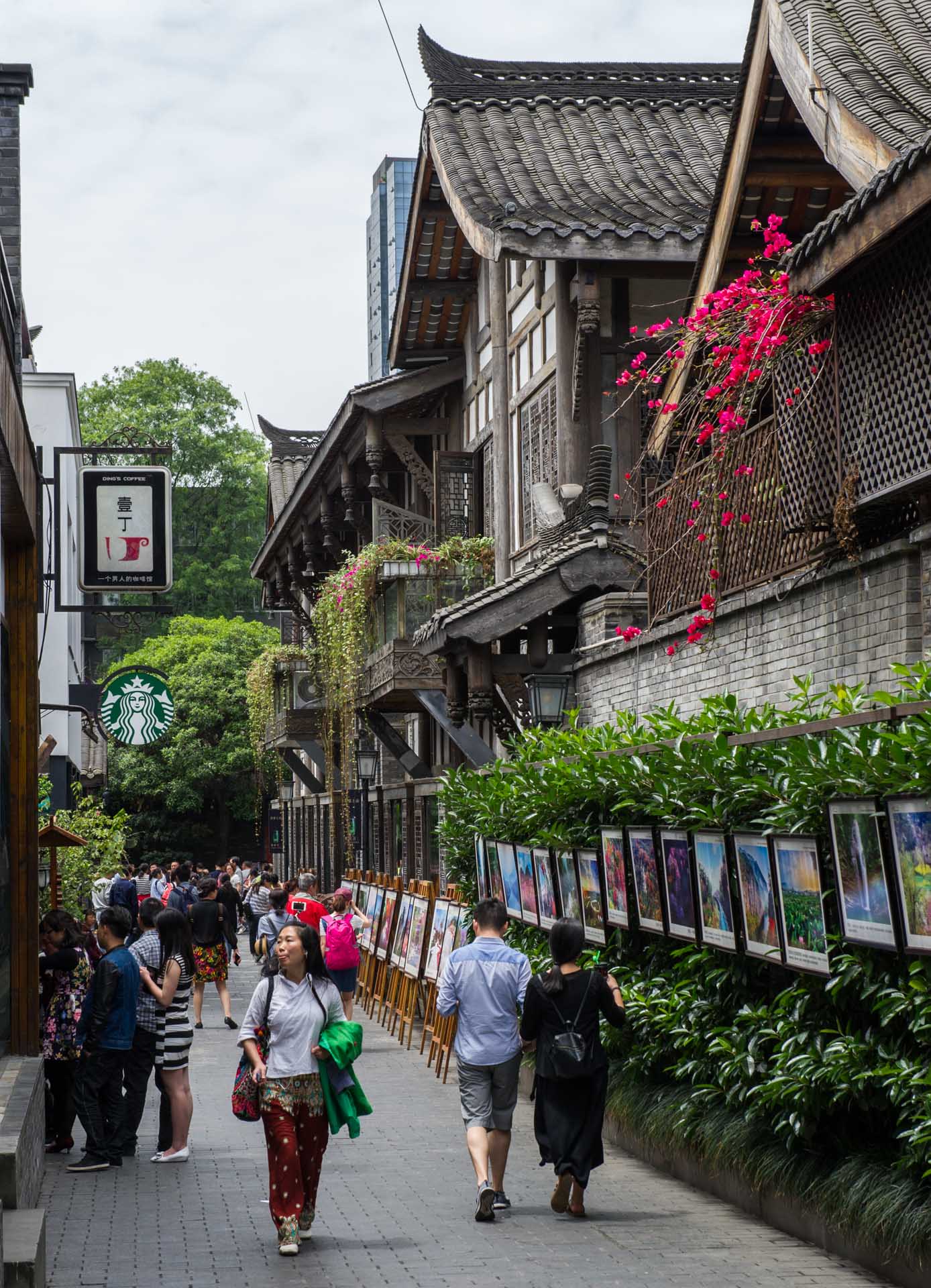
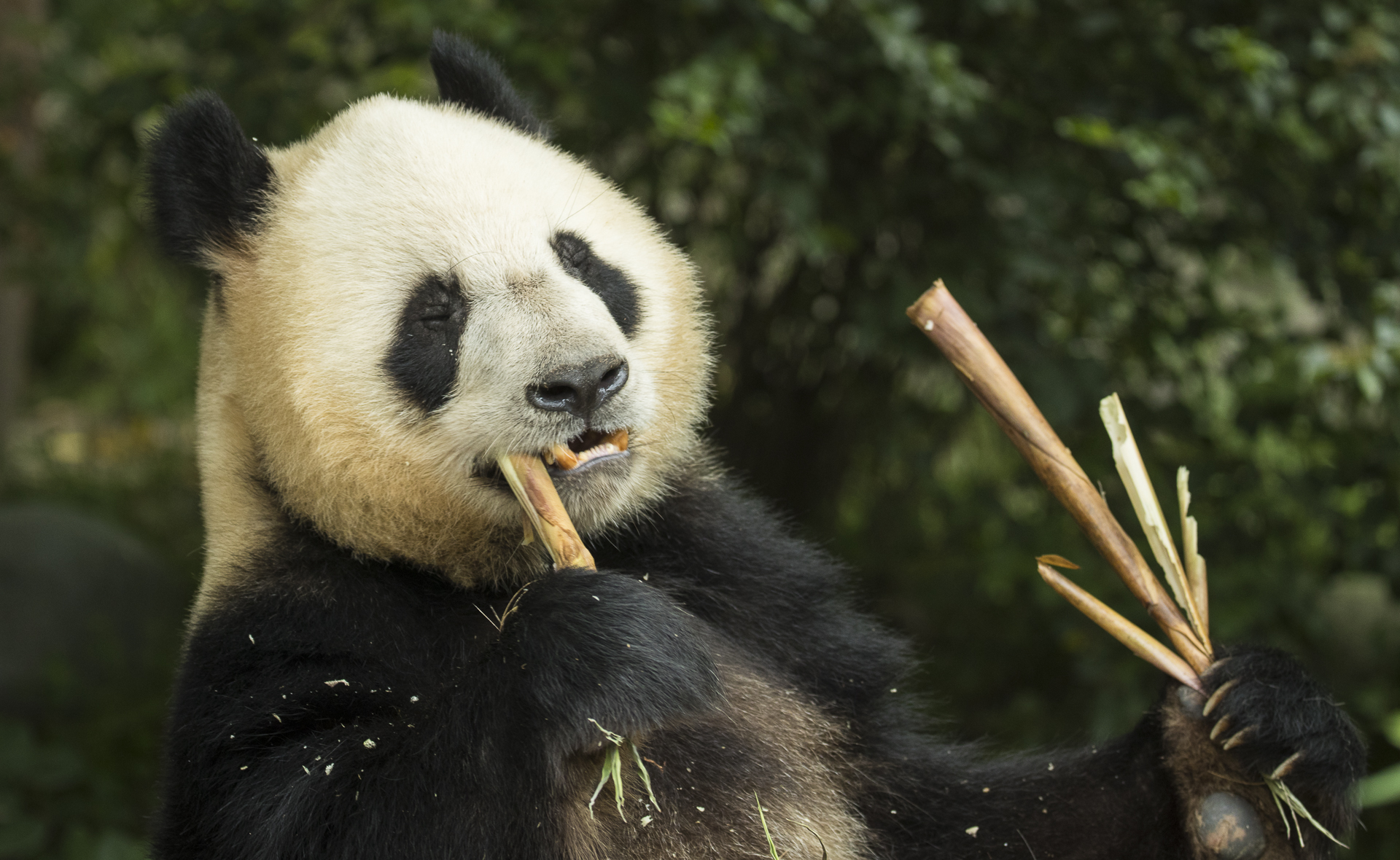
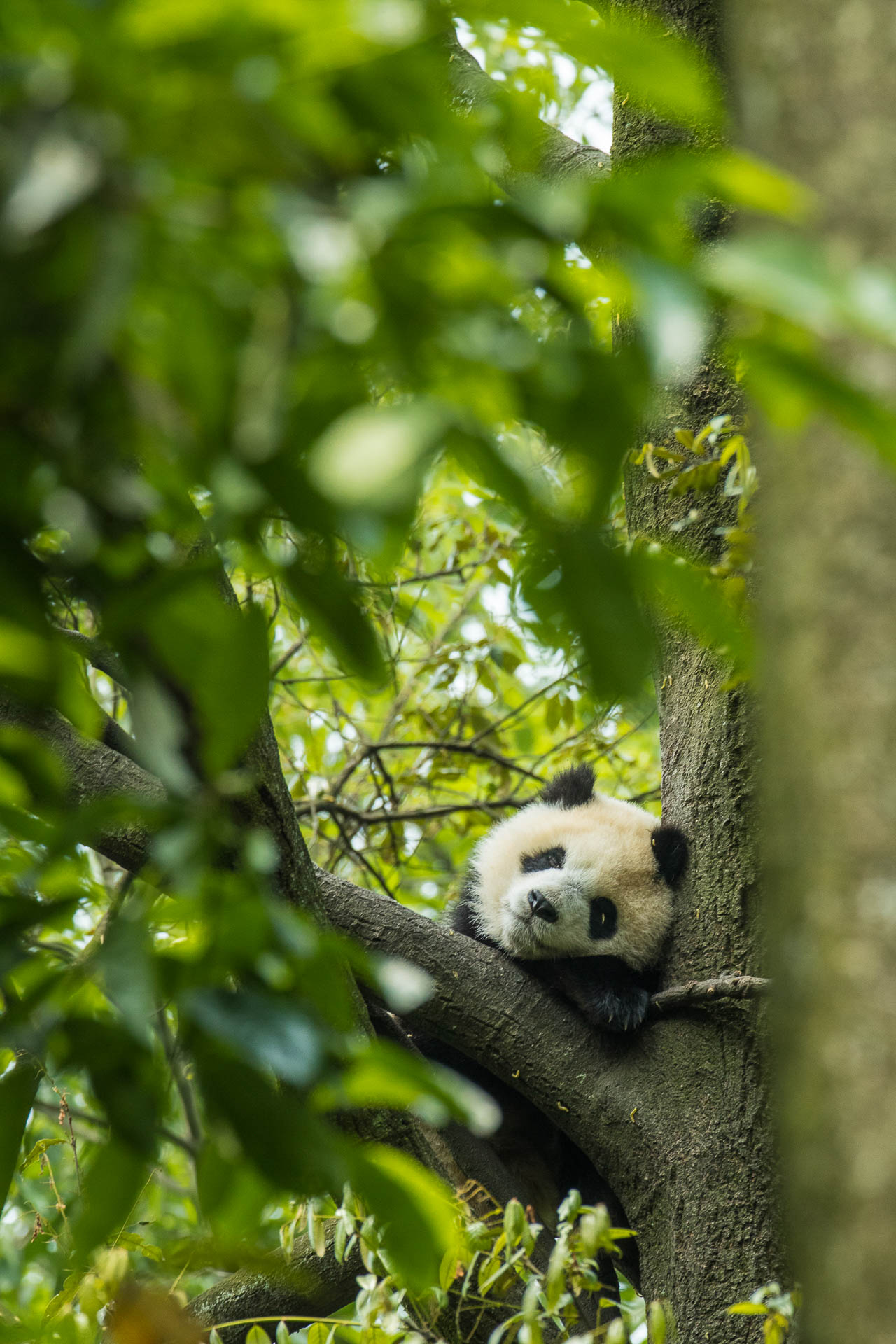
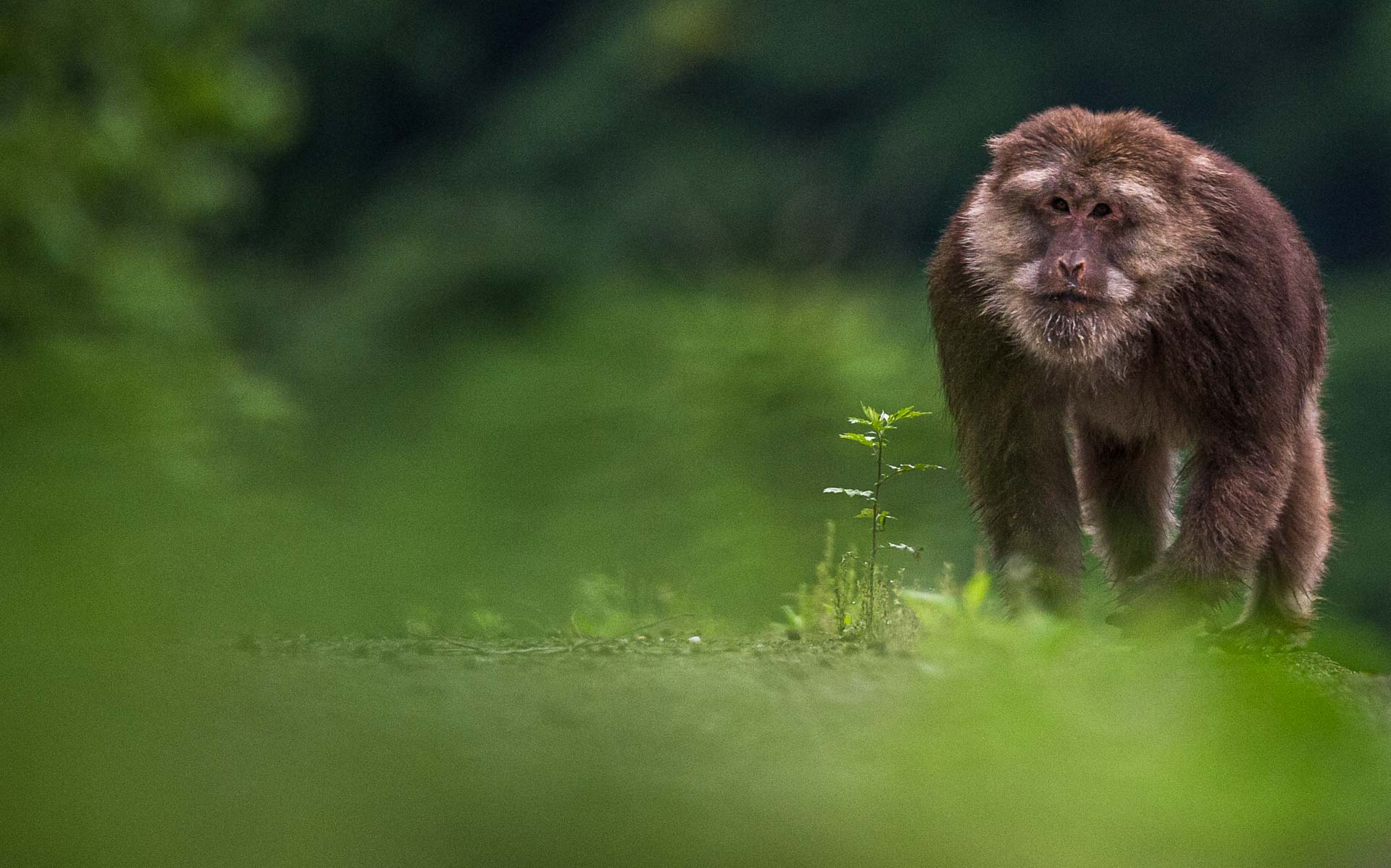
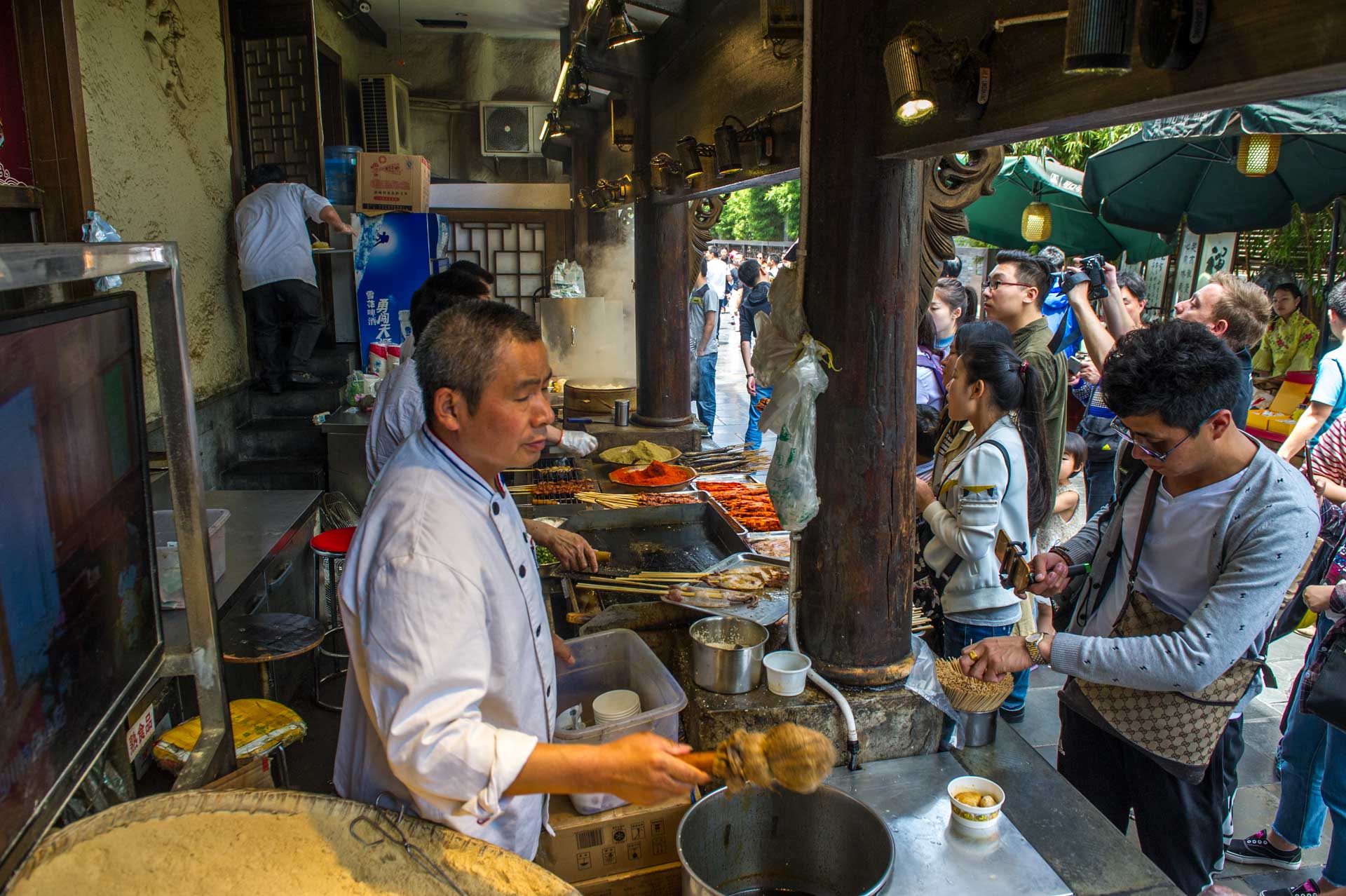
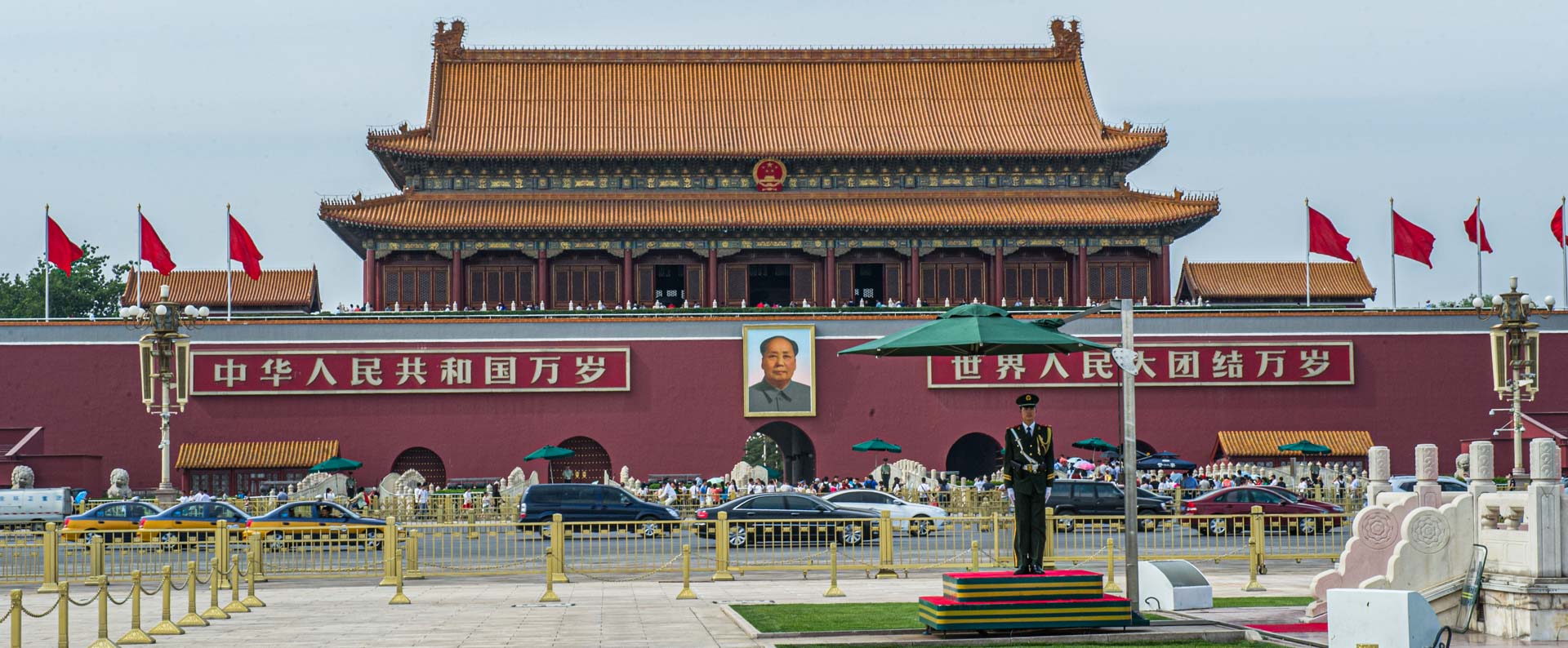

10 Days in China with Incredible Photo Opportunities and Nature Experiences
Read more
10-19 MAJ 2025
Throughout the trip, Tom will give several lectures, and many evenings will be dedicated to processing and reviewing the day’s photos. The exact timing will depend on what we are photographing and how much time is spent on photography.
DAY 1, (May 10) – ARRIVAL TO CHENGDU
Gather at the first-class Tianfu Sunshine Hotel, centrally located in Chengdu, in the afternoon. In the evening, we will take a walk around the area of Kungzhai Alley—a district with traditional Chinese architecture—to get a feel for Chengdu and old China. The welcome dinner will be our first chance to enjoy a meal featuring many of the region’s specialties. (D)
DAY 2, (May 11) – PANDAS
We start our days in China with a visit to the Dujiangyan Panda Base just outside Chengdu. This research center focuses on the rehabilitation of injured and sick pandas. The center opened in 2013 with a capacity for 10 injured giant pandas but has since expanded to accommodate 40 giant pandas at a time. During our visit, we will learn more about the center’s work. After lunch, we will visit Chengdu’s famous Research Base of Giant Panda Breeding, a world-class conservation center. The center is home to approximately 100 giant pandas living in an environment closely resembling their natural habitat in the wild. We will have the opportunity to take exciting close-up photos and learn more about giant pandas and their survival despite increasing threats. We will also have the chance to experience and photograph the red pandas in the park. The evening’s dinner will be a Sichuan-style “Hot Pot” meal, a Chinese variant of fondue, followed by a show with Chinese entertainment. (B, L, D)
DAY 3, (May 12) – CHENGDU – PANDA RESERVE
After breakfast and check-out, we drive north along the Fu River and through lush forests towards the Minshan Mountains. Along the way, we will make several photo stops, including at the Gansu Muslim village Qing Xi, where you will have the opportunity to document buildings from the Qing Dynasty and experience the daily life of the villagers. We then continue into the wilderness towards Tangjiahe Wild Panda Nature Reserve. Our destination is a chain of nature reserves little known to outsiders and visited by few Westerners. We drive up a narrow valley to reach our hotel, Tangjiahe Forest Oxygen, where we will stay for three nights. Dinner at the hotel. (B, L, D)

DAY, 4-5 (May 13-14) – TANGJIAHE PANDA RESERVE
Our focus for these days is Tangjiahe Wild Panda Nature Reserve, home to populations of some of the world’s most endangered animals, including at least 60 giant pandas. The park also hosts more than 1,200 takins, about 1,000 golden snub-nosed monkeys, over 430 mammal species, and more than 2,400 different plant species. Throughout the days, we will document the park’s wildlife and nature both in the morning and evening. We will also take excursions and enjoy nature trails, fantastic views, waterfalls, rocky ravines, and misty mountain peaks. Even though it is very difficult, we will try to get as close as possible to the elusive giant panda. The park is an excellent panda habitat, and our exclusive permit allows us access to core areas of the reserve where they live freely. This gives us good opportunities to get close to them, but even if we don’t find them in the dense bamboo forest, knowing they are nearby is exciting. In the park, we will also have the opportunity to photograph rhesus macaques, golden snub-nosed monkeys, takins, musk deer, muntjacs, wild boars, blue sheep, and more rarely, the endangered Asiatic black bears, red pandas, and leopards. The park also offers more than 150 different bird species, including the elegant golden pheasant. Many of the animals lack fear of humans due to being protected from hunting for nearly half a century, enhancing the photo opportunities. We will have picnic lunches in the park during the days. Dinners will be served at the hotel. (B, L, D)

DAY 6, (May 15) – TANGJIAHE PANDA RESERVE – CHENGDU
Today we leave the reserve and drive back to Chengdu, arriving in time for a late lunch. In the afternoon, we will engage in street photography as we visit Jinli Street, a pedestrian street that is a reconstruction of a market from the 2,000-year-old Han Dynasty. Check-in at Tianfu Sunshine Hotel. Dinner at a local restaurant. (B, L, D)
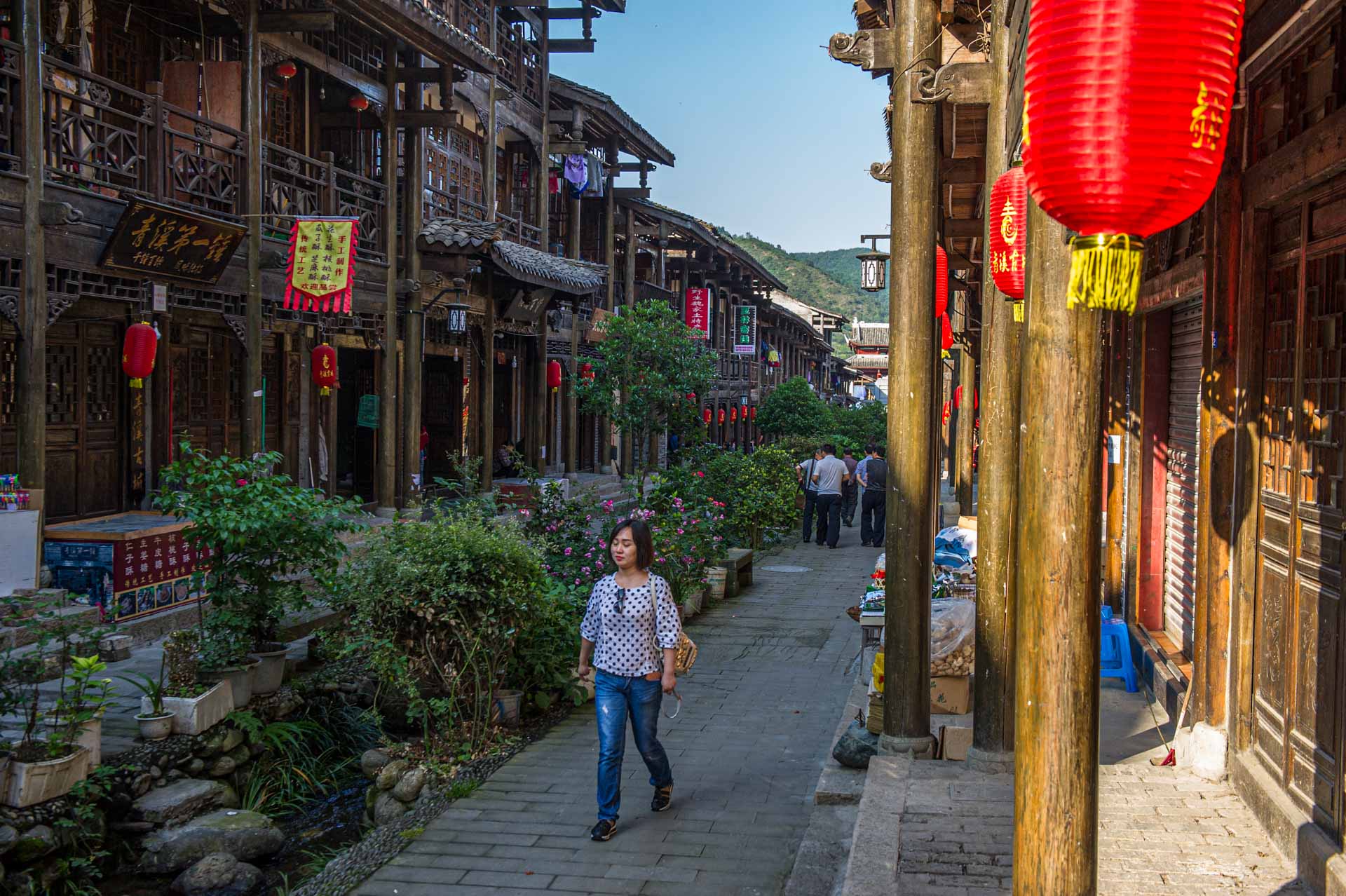
DAY 7, (May 16) – CHENGDU – BEIJING
Today we take the morning flight to Beijing where, after lunch, we will visit and document some of the city’s top attractions such as Tiananmen Square, the largest square in the world, and the Forbidden City, which are must-visit places for anyone in Beijing. Late in the afternoon, we check in at the four-star Novotel Beijing Xin Qiao Hotel. The hotel is centrally located, very close to several of Beijing’s major shopping centers. Dinner will be on your own this evening. (B, L)
DAY 8, (May 17) – Beijing – BEIJING – THE GREAT WALL
We start the day by photographing more of the must-see places in Beijing, including the Ming Tombs. In the afternoon, we move towards Shing Ling where, at sunset, we will both walk on and photograph the Great Wall of China. Standing atop this magnificent monument that winds over the landscape is a memory for life. Unlike the sections just outside Beijing, this area sees far fewer visitors, making it an even more unique experience. The subjects are many, and the landscape and the wall change as the sun sets. The evening concludes with dinner at a local restaurant right by the wall. We will stay overnight at the newly built first-class Dhawa Hotel located near the wall. (B, L, D)
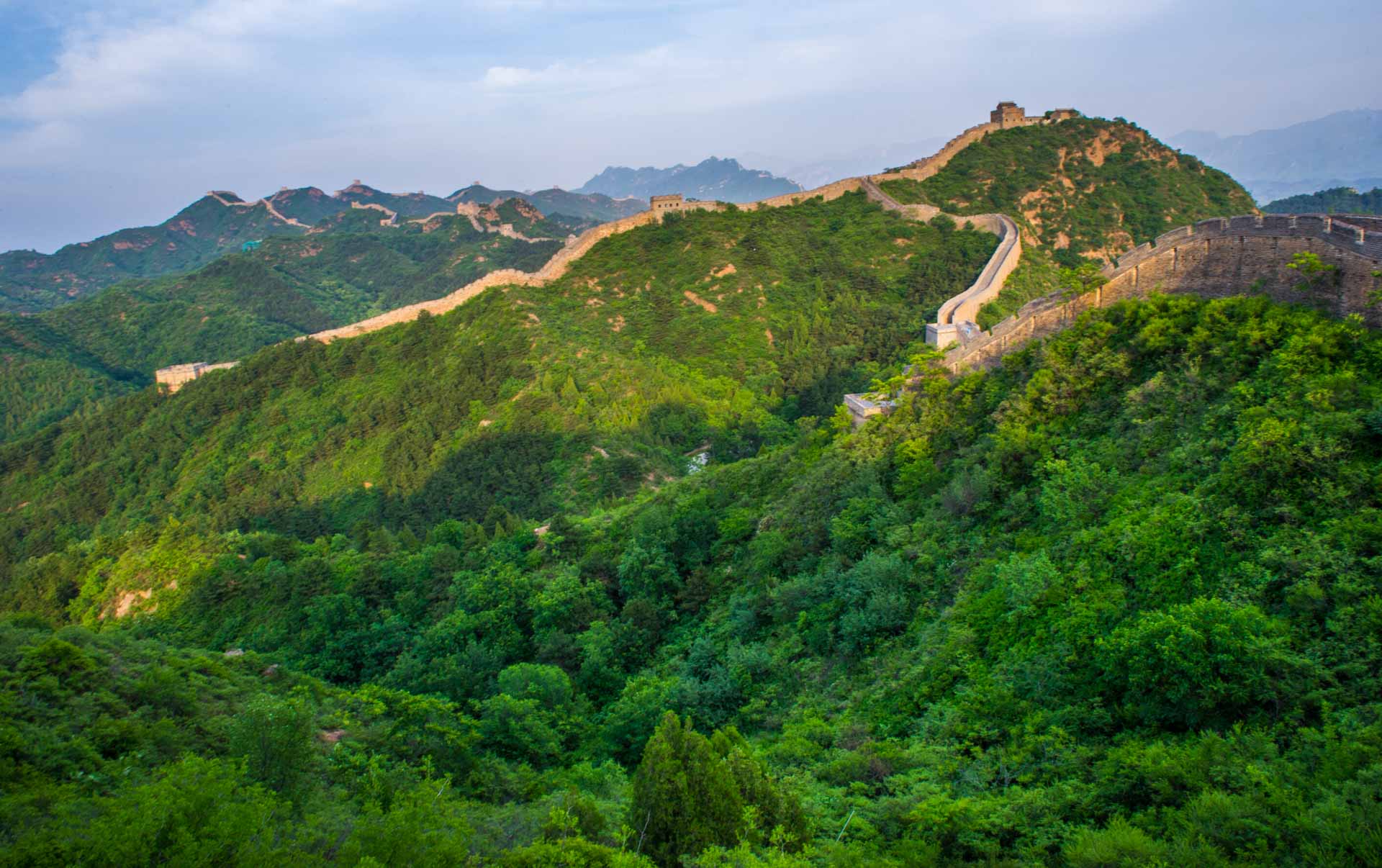
DAY 9, (May 18) – THE GREAT WALL – BEIJING
In the morning, you will have the opportunity to photograph the wall in the soft morning light. Watching the sunrise over one of the wonders of the world is as much a natural as a photographic experience. Back in Beijing, there is time to relax and perhaps do some shopping as the afternoon is free. In the evening, we will have a farewell dinner together. (B, L, D)
DAY 10, (May 19) – DEPARTURE HOME
Departure home during the day. (B)
FOLLOW UP MEETING
A few weeks after returning home, once you have had time to review the photos from the trip, you will have the opportunity to submit your best pictures to Tom. He will choose the “Photo of the Trip.” The winner will automatically advance to the finals in the “Photo of the Year 2025” contest and compete for great prizes
PHOTOGRAPHER
PHOTOGRAPHER
TOM SVENSSON – Conservation photographer
Tom Svensson is a world known conservation photographer. Toms major driving force in life is conservation, and he travels regularly around the world to document endangered species, anti-poaching and illegal trading of animals. His skill as a photographer is to take pictures that touch people and makes a difference, here is seen as one of the best in the world. Tom is the only Swede elected into the IEPA, the International Environment Photographers Association. He is also a global Manfrotto ambassador and he is also in the Canon Nordic photographers program.
For more information: www.tomsvensson.se
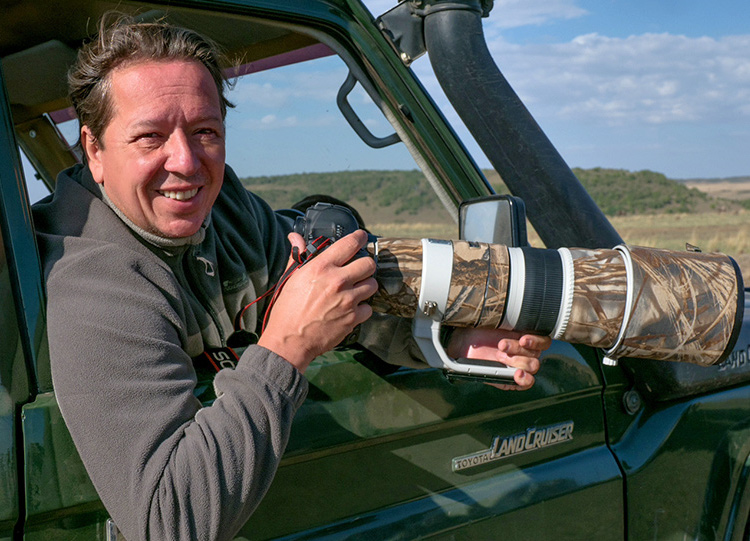
Read more. about Tom Svensson
Read more
TOM SVENSSON – Conservation photographer
Tom Svensson is a world known conservation photographer. Toms major driving force in life is conservation, and he travels regularly around the world to document endangered species, anti-poaching and illegal trading of animals. His skill as a photographer is to take pictures that touch people and makes a difference, here is seen as one of the best in the world. Tom is the only Swede elected into the IEPA, the International Environment Photographers Association. He is also a global Manfrotto ambassador and he is also in the Canon Nordic photographers program.
HOTELL
HOTELL
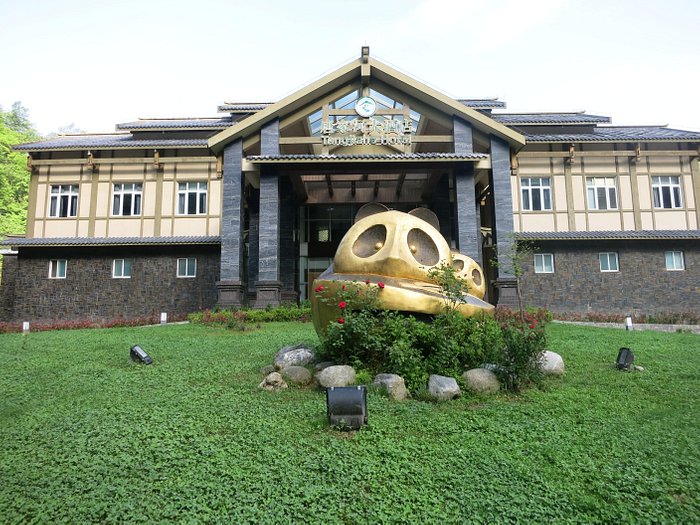
TANGJIAHE FORETS OXYGEN HOTEL****
PRICE, FACTS & BOOKING
PRICE, FACTS & BOOKING
Price per person: £ 3 500 or USD 4 400
FLIGHTS
PHOTO GEAR
- Your digital camer.
- Telephoto lens, preferably up to 500 mm.
- A shorter zoom lens, such as 70-200 mm.
- A wide-angle lens, for example, 24-70 mm.
- A monopod or tripod.
- A computer with Photoshop or Lightroom.
- Extra batteries, charger, and memory cards.
FACTS
Target group: Photographers interested in developing their skills in wildlife and nature photography.
Minimum/Maximum Participants: 8/12
Additional Information:For more information about Zoom Photo Tours, terms of delivery, etc., please visit our website under “Other.”
Languages: Swedish, English
BOOKING
You can book the trip by clicking on the button below. You are also welcome to call us on the phone +46 470 466 40 or email us at info@zoomphototours.com
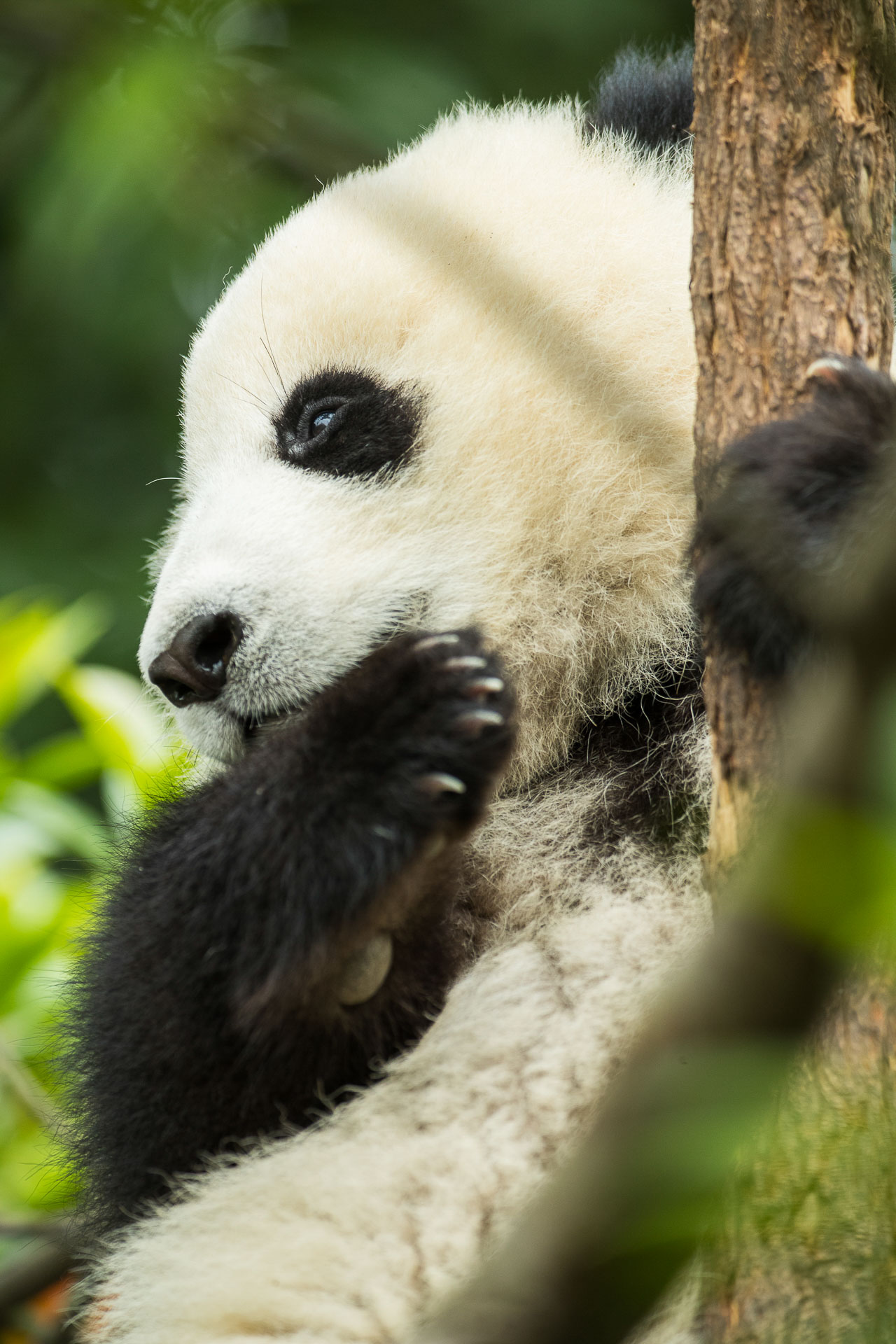
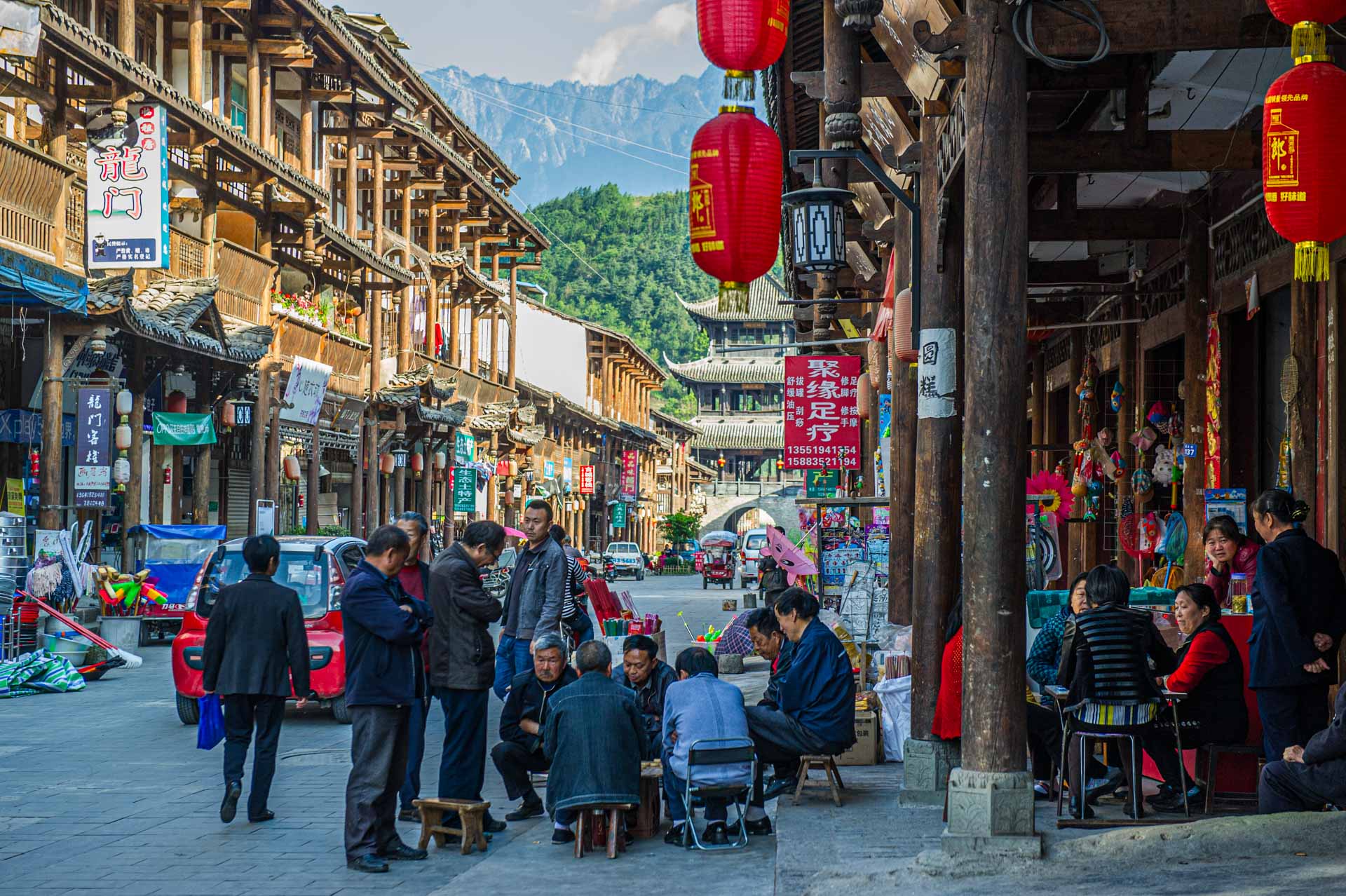

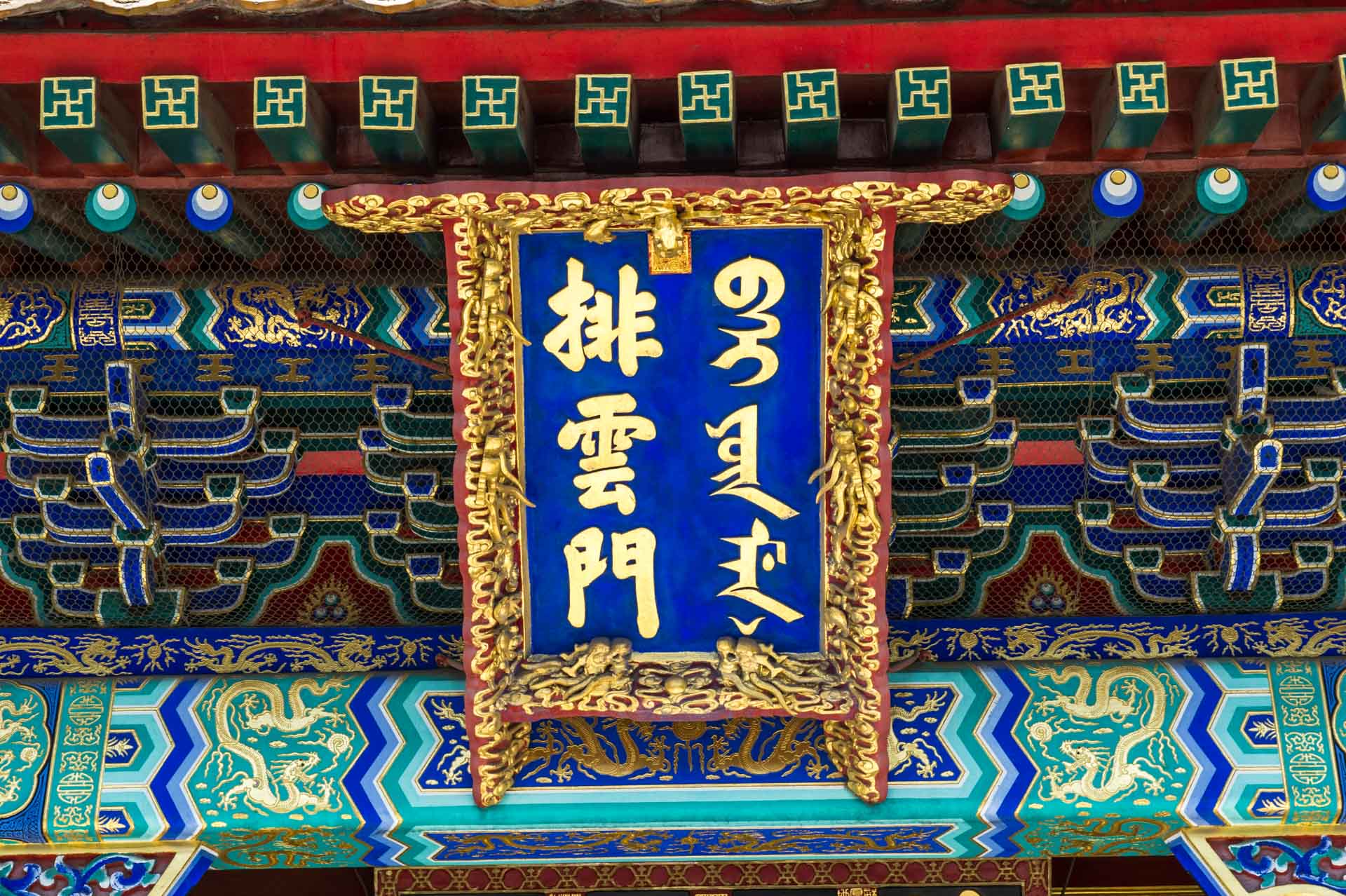
Foto: Tom Svensson & Hans Elmqvist
PRICE
Price per person: £ 3 500 or USD 4 400
FLIGHTS
PHOTO GEAR
- Your digital camer.
- Telephoto lens, preferably up to 500 mm.
- A shorter zoom lens, such as 70-200 mm.
- A wide-angle lens, for example, 24-70 mm.
- A monopod or tripod.
- A computer with Photoshop or Lightroom.
- Extra batteries, charger, and memory cards.
FACTS
Target group: Photographers interested in developing their skills in wildlife and nature photography.
Minimum/Maximum Participants: 8/12
Additional Information:For more information about Zoom Photo Tours, terms of delivery, etc., please visit our website under “Other.”
Languages: Swedish, English
BOOKING
You can book the trip by clicking on the button below. You are also welcome to call us on the phone +46 470 466 40 or email us at info@zoomphototours.com
Photo: Tom Svensson & Hans Elmqvist
OUR NEWSLETTER
Be the first to hear about new tours, offers and travel inspiration from Zoom Phototours.
Newsletter
CONTACT
E-mail: info@zoomphototours.com
Telephone: +46 (0)470 – 466 40
Follow our photo adventures on social media.
Photo: Serkan Gunes
OUR NEWSLETTER
Be the first to hear about new tours, offers and travel inspiration from Zoom Phototours.
Newsletter
CONTACT
E-mail: info@zoomphototours.com
Phone: +46(0) 470 – 466 40
Follow our photo adventures on social media.

